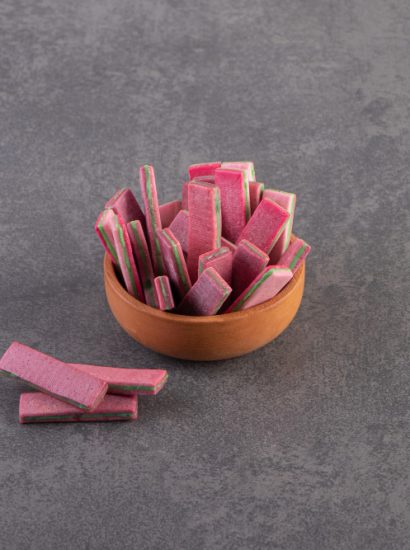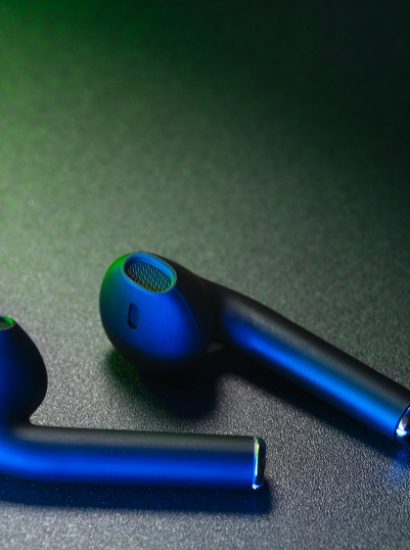The Dutch language is rich in culture and tradition, making it a fascinating language to learn. When it comes to greeting someone, knowing the right phrases can go a long way in establishing a friendly connection. If you’re traveling to the Netherlands, interacting with Dutch speakers, or just beginning your Dutch language journey, it’s essential to master these greetings. In this article, we’ll explore the concept of “Dutch Language Hello” and introduce you to five essential greetings that will help you get started on the right foot. Let’s dive into these simple but effective ways to say “hello” and make a good impression in Dutch.
Dutch Language Hello: Saying “Hallo”
The most common and straightforward way to say “hello” in Dutch is by using “hallo.” This greeting is universal and can be used in almost any situation. Whether you’re greeting friends, family, or someone you just met, “hallo” serves as a go-to word for casual and informal settings. Its similarity to the English word “hello” makes it easy for English speakers to remember, and it’s a friendly and approachable greeting. For a bit more enthusiasm, you can add emphasis on the first syllable, making it sound like “HA-lo.”
Dutch Language Hello: Using “Hoi” for Informal Greetings
Another popular greeting in the Dutch language is “hoi,” which is similar to saying “hi” in English. This term is more informal than “hallo” and is typically used among friends, close acquaintances, or peers. You might use “hoi” when you meet up with friends for coffee, or when casually saying “hi” to a colleague. It’s a warm and inviting way to greet someone in an informal setting, conveying a sense of familiarity. If you’re ever unsure about the appropriate greeting, “hoi” is a safe choice for relaxed conversations.
Dutch Language Hello: Saying “Goedendag”
When you want to be more formal or polite, “goedendag,” which translates to “good day,” is an excellent greeting. This phrase is suitable for use in professional environments, or when you’re speaking with someone you don’t know very well. You might say “goedendag” when entering a shop, meeting a business associate, or addressing someone in a position of authority. It conveys respect and formality, making it an ideal choice for scenarios that call for a bit more etiquette. Remember that while it may not be as commonly used in casual conversations, it still serves as a polite way to greet someone.
Dutch Language Hello: Using “Goedemorgen” for Morning Greetings
Just as in English, there are specific greetings in Dutch for different times of the day. If you want to greet someone in the morning, “goedemorgen,” meaning “good morning,” is the appropriate phrase to use. This greeting is often used between sunrise and noon and sets a positive tone for the day ahead. When you meet someone for breakfast, at work, or even on a morning walk, saying “goedemorgen” is a pleasant way to start the conversation. It’s a versatile greeting that can be used in both formal and informal contexts, making it a valuable addition to your Hello in Dutch language repertoire.
Dutch Language Hello: Greeting with “Goedenmiddag” in the Afternoon
For the afternoon, the suitable greeting in Dutch is “goedenmiddag,” meaning “good afternoon.” This phrase is typically used from noon until around 6 PM. It’s especially useful for those who wish to greet someone in a polite manner during this time of day. Whether you’re entering an office for a meeting, greeting someone at a lunch appointment, or simply saying “hello” to a neighbor in the afternoon, “goedenmiddag” is the ideal choice. It conveys politeness and shows that you are mindful of the time of day, making it an essential part of mastering the Hello in Dutch language.
Dutch Language Hello: Saying “Goedenavond” for Evening Greetings
As the day progresses into the evening, the appropriate Dutch greeting changes to “goedenavond,” which means “good evening.” This greeting is used from around 6 PM onwards and is perfect for greeting someone at a dinner gathering, evening event, or when saying “hello” as you come home. “Goedenavond” adds a touch of formality and suits both casual and professional settings. It’s an important greeting to know if you want to make a polite impression in the evening, rounding out your ability to greet people in the Hello in Dutch language style throughout the day.
Dutch Language Hello: Using “Dag” as a Versatile Greeting
The word “dag,” which translates to “day,” can be used not only as a greeting but also as a way to say “goodbye.” It’s versatile because it works well in both casual and semi-formal settings. While it may not be as warm as “hallo” or “hoi,” “dag” is a quick and easy way to acknowledge someone’s presence or departure. It’s commonly used when passing by someone or when you don’t have time for a lengthy greeting. Including “dag” in your Hello in language expressions adds a flexible option to your vocabulary.
Dutch Language Hello: “Hoi Hoi” for a Double Greeting
In some regions of the Netherlands, people use a double greeting, such as “hoi hoi,” for an added touch of friendliness. This expression is particularly common in informal situations among friends and can convey extra warmth and enthusiasm. The repetition of “hoi” serves to emphasize the greeting, making it feel more personal and cheerful. It’s perfect for greeting someone with whom you share a close bond, whether it’s a family member, friend, or long-time colleague. Learning “hoi hoi” as part of your Dutch language hello phrases will help you fit in better with the locals.
Dutch Language Hello: The Use of “He” or “Hey” for Casual Greetings
Just as in English, the words “he” or “hey” are used as casual greetings in Dutch. These are informal and often used between people who are familiar with each other, such as friends, classmates, or co-workers. You might use “hey” when bumping into someone you know on the street or when catching up with a friend. It’s not the most formal way to greet someone, but it’s widely accepted and helps keep the conversation light and casual. Adding “he” or “hey” to your list of Dutch language hello greetings allows for a more relaxed approach.
Dutch Language Hello: “Welkom” for Greeting Visitors
When greeting someone who is visiting your home, business, or event, “welkom,” which means “welcome,” is the appropriate greeting. While it’s not used for everyday casual greetings, it is an important term to know when hosting someone or receiving guests. Saying “welkom” shows hospitality and makes the other person feel appreciated. It’s a term that extends beyond a simple “hello” and conveys that you are happy to have the person there. Including “welkom” in your Dutch language hello expressions demonstrates your effort to embrace the Dutch culture of warmth and hospitality.
Conclusion
Mastering the essential greetings in Dutch opens the door to a deeper understanding of the language and culture. Whether you’re using the casual “hoi,” the formal “goedendag,” or the welcoming “welkom,” knowing when and how to use these greetings will help you make a positive impression. Each greeting serves a different purpose, depending on the time of day and the level of formality required. By learning these key phrases, you’ll be better equipped to start conversations, build rapport, and connect with Dutch speakers.
FAQs
Q1. How do you say hello in Dutch?
To say hello in Dutch, you can use “hallo,” which is the most common greeting and suitable for almost any situation. Other greetings include “hoi,” “goedendag,” and “goedenavond.”
Q2. When should I use “goedendag”?
“Goedendag” is used in formal or polite settings, such as business meetings or when greeting someone you don’t know well. It translates to “good day” and shows respect.
Q3. Can “dag” be used to say both hello and goodbye?
Yes, “dag” is versatile and can be used for both greetings and farewells. It is a neutral term suitable for casual and semi-formal settings.
Q4. What is the appropriate Dutch greeting for the morning?
In the morning, “goedemorgen,” meaning “good morning,” is the proper greeting. It is used from sunrise until around noon.
Q5. Is “welkom” commonly used in everyday greetings?
“Welkom,” which means “welcome,” is used when greeting visitors or guests. It is not a common everyday greeting but is appropriate for expressing hospitality.
Also read: Clogs Dutch Tradition: 10 Unforgettable Wooden Shoes You Must Experience









